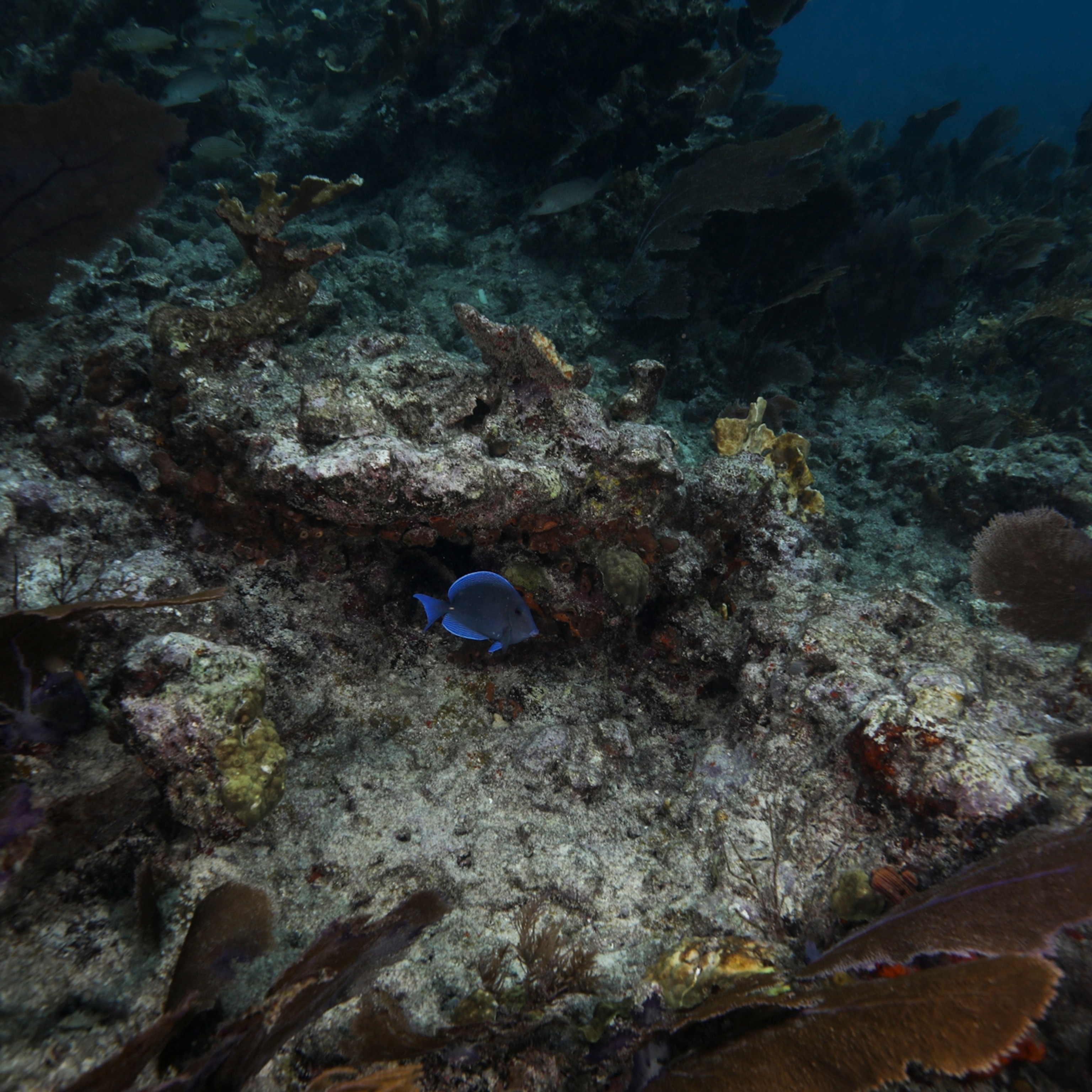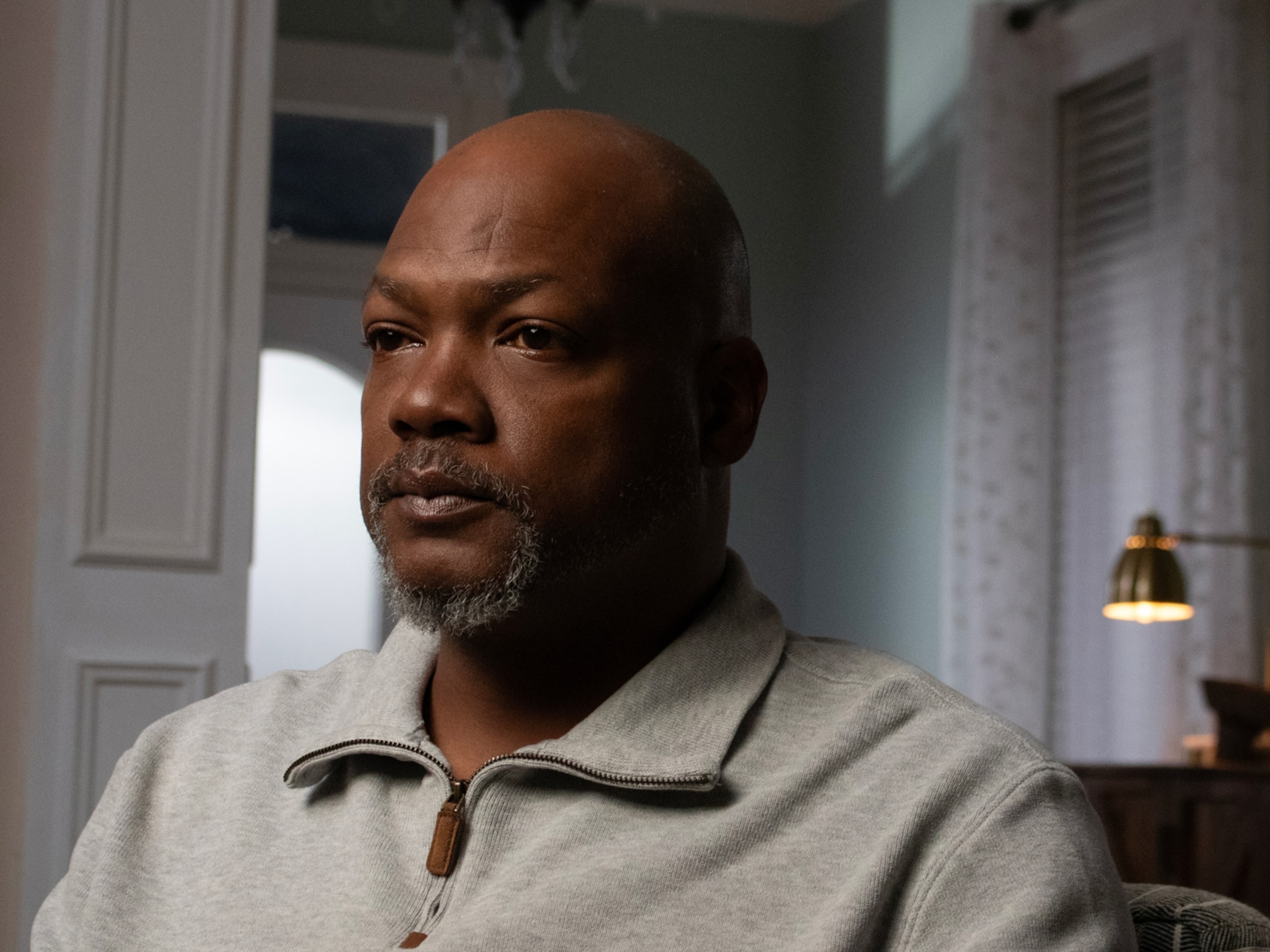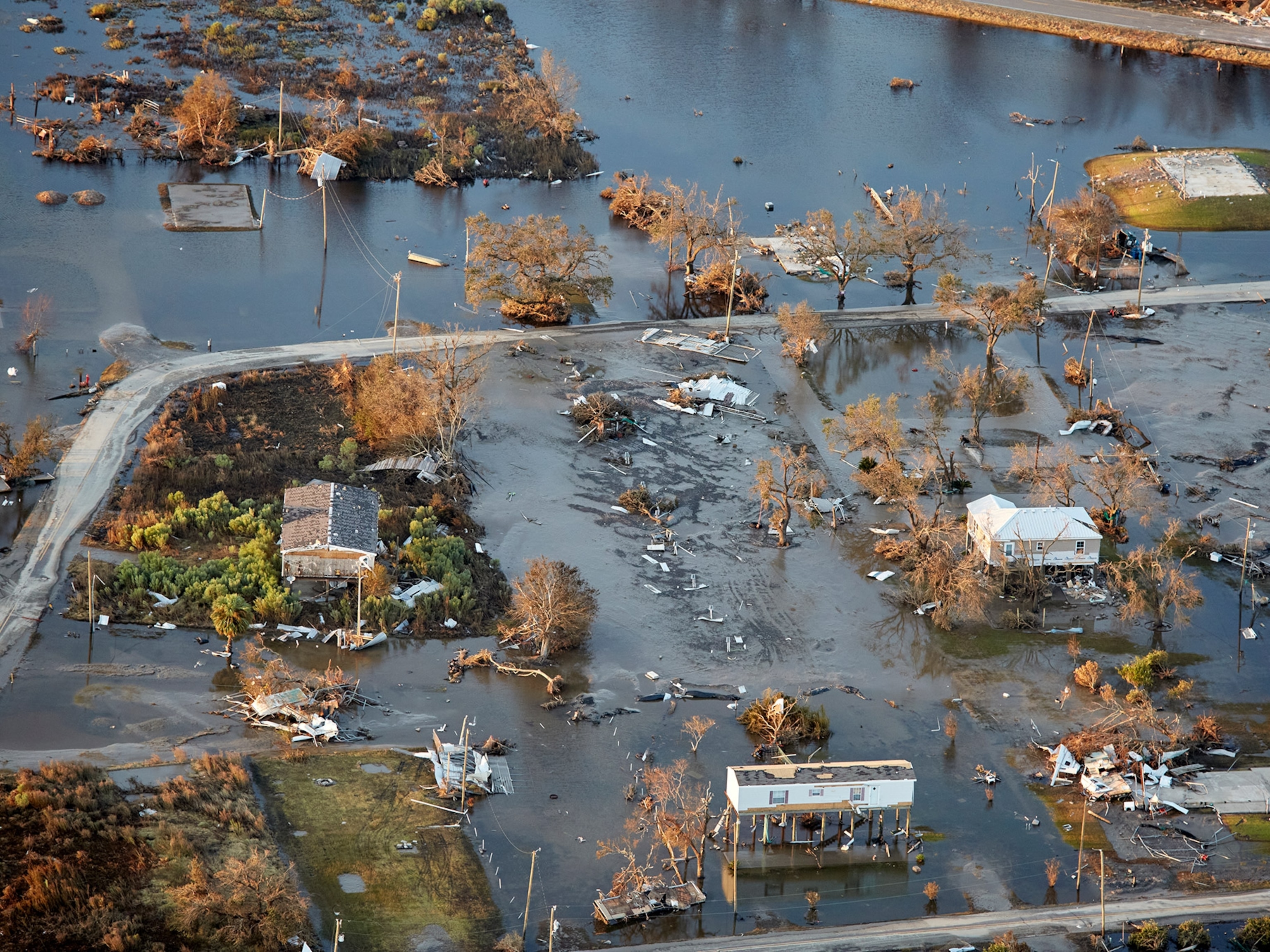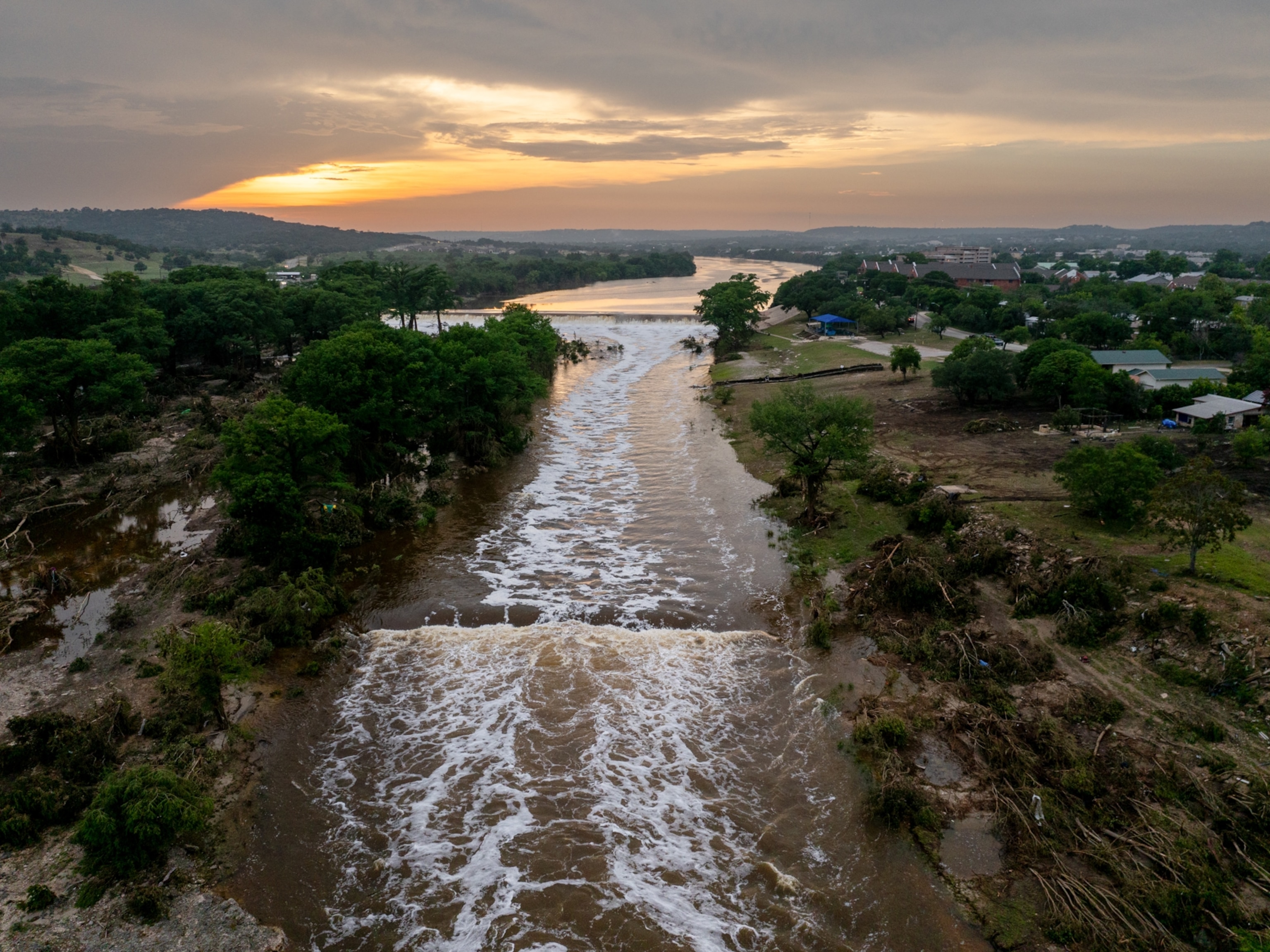
Hurricane Katrina Then and Now: Lifting the Fog of Memory
Faded memories can eat at you. You may try to remember, but only a fog remains. The true power of photography records the present to help us remember the past. In today’s digital age, memories are captured frequently only to get lost in our digital vaults, but when we do go looking for them again, they can fire the billions of neurons that string together the pieces and lift the fog.
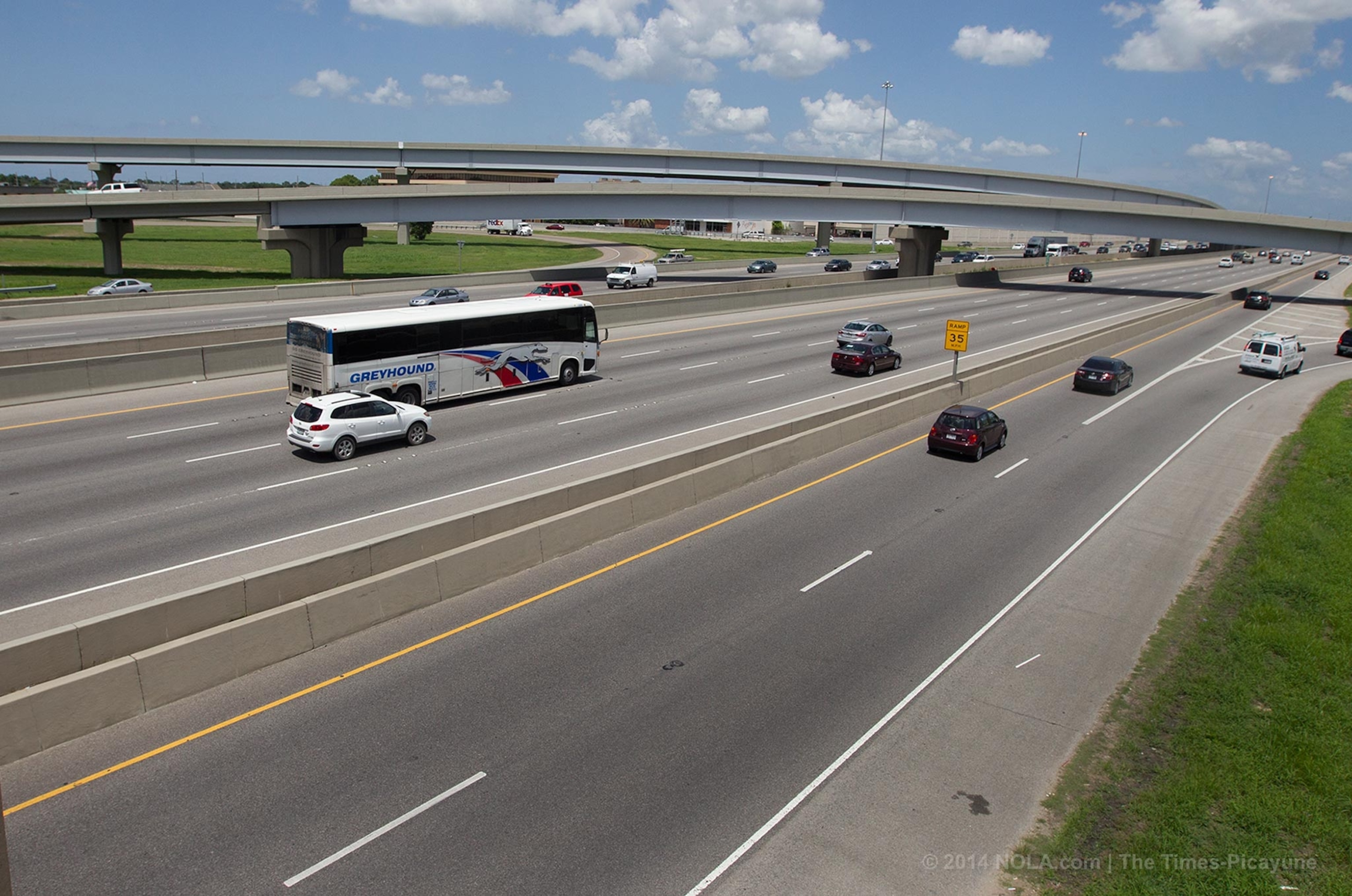
So it was for Ted Jackson, a staff photographer for Nola.com/The Times-Picayune, who not only opened their photographic archive to revisit the staff’s coverage of Katrina’s destruction nine years ago after it made landfall near New Orleans on August 29, 2005, but he returned to the exact spot using the same focal length lens where each selected photograph was taken.
“It’s been fun, and challenging, like a mystery puzzle trying to find that spot,” Jackson said. And in one case, his memory of nine years ago caught him by surprise.
Encouraged by Photography and Video Manager G. Andrew Boyd, who proposed the project, Jackson scoured each area with an architect’s precision: “The right distance and the right height, everything has to be exact for it to work,” he said. “The closer the elements are in the photo the harder it is and the more elements you’re trying to match make it more difficult. I’ll shoot a picture and go to my car, upload it and layer it, and see where I’m off and go back and reshoot it.”
“The most important part of everything is there has to be one thing that will stay exactly the same,” Jackson said. “There has to be a landmark that you can recognize or I don’t think the reader is going to buy the premise. So, that limits what kind of pictures you can choose. It’s not necessarily your best pictures, but the ones that show something interesting before and after.”
According to the National Hurricane Center, Hurricane Katrina was the deadliest storm since 1928 responsible for 1,200 deaths. It was the costliest U.S. hurricane on record with $75 billion in damages to the Gulf Coast. This is a storm worth remembering.
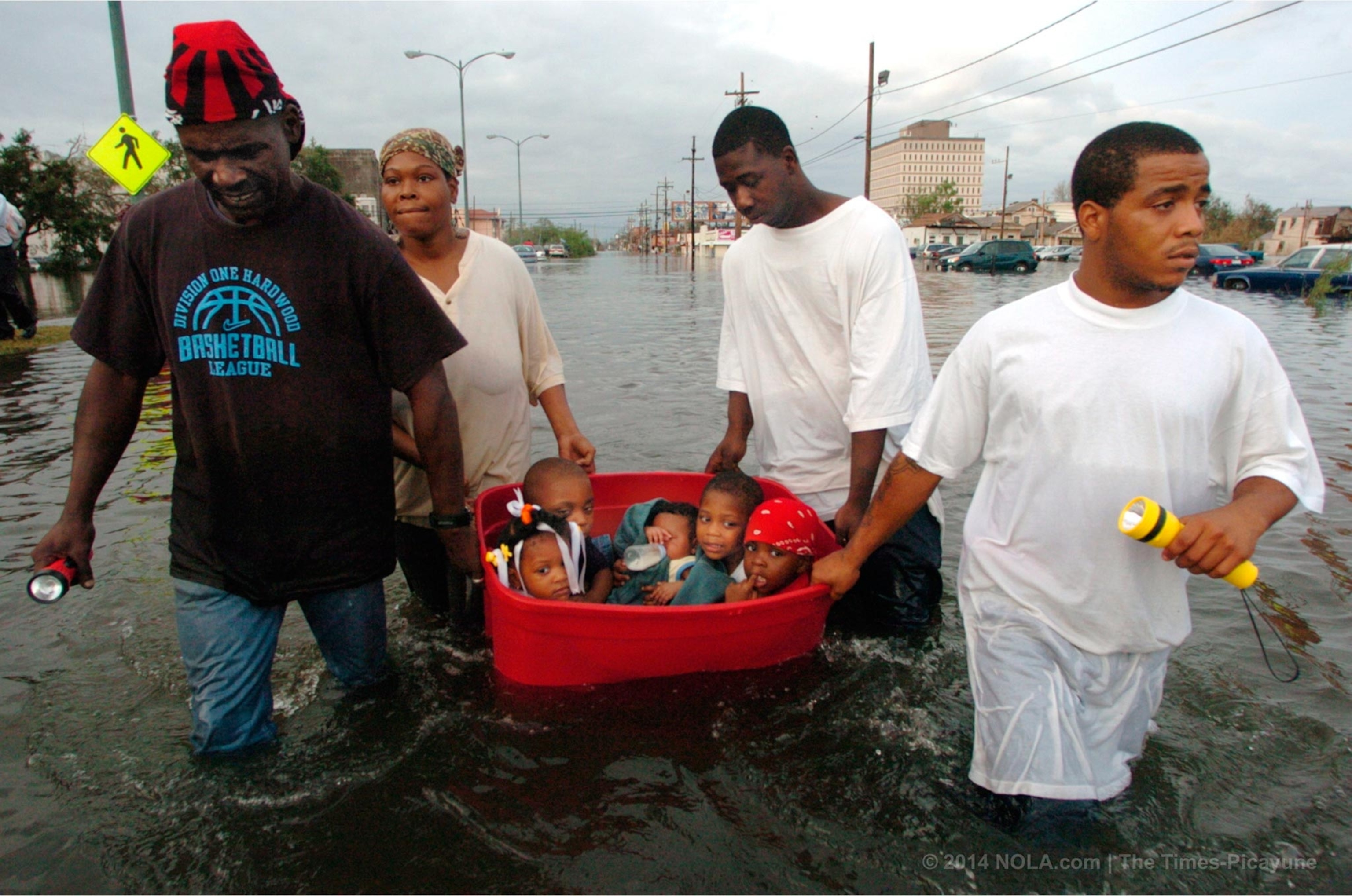
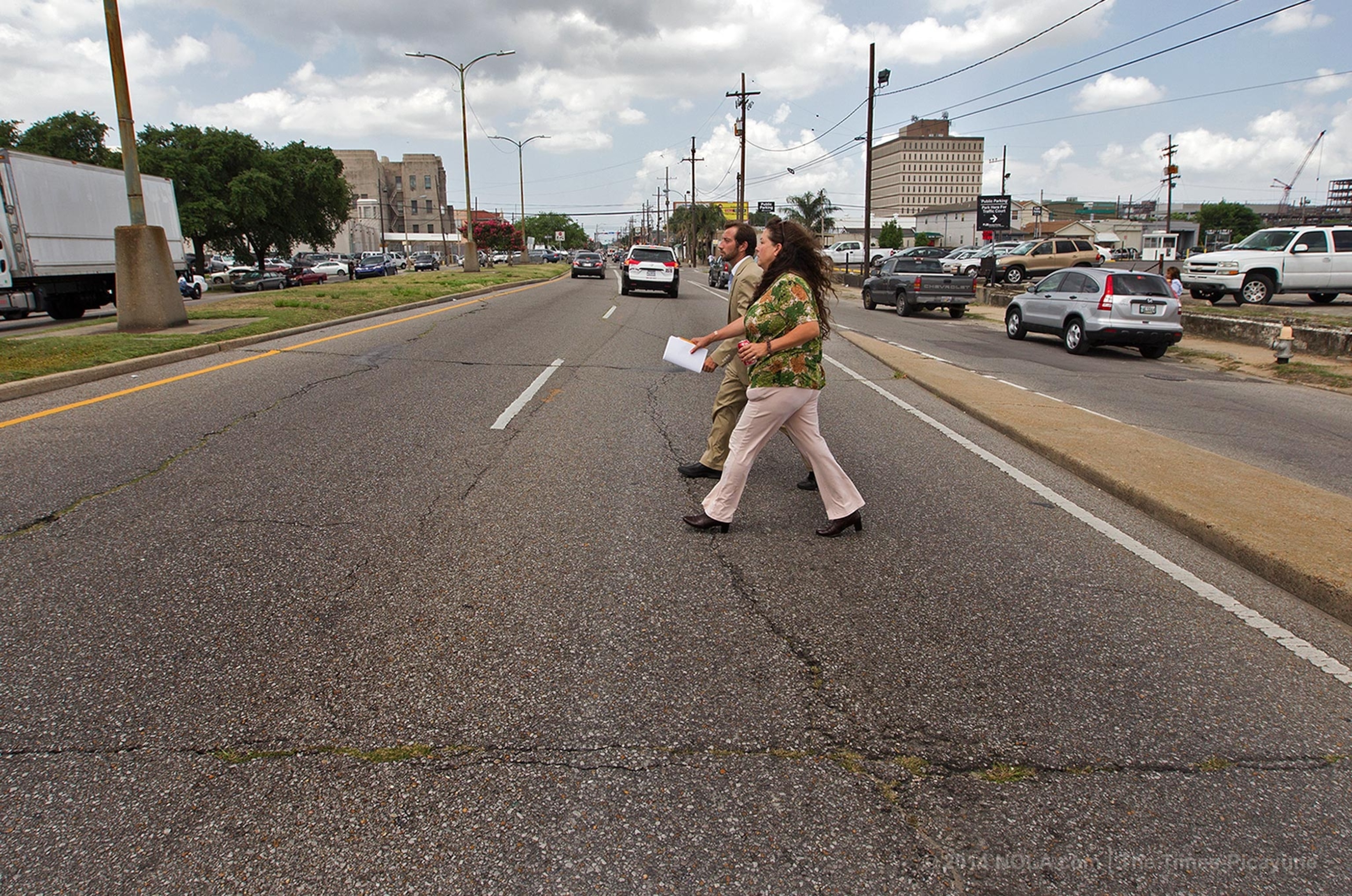
A few of the situations stood out for Jackson: “Four guys are hauling an old tub through the water and the tub is filled with children. That happened right over the Broad Street overpass from the old newspaper office. I found the spot and there are so many telephone poles and street signs that you had to find the exact, exact spot, and of course the exact spot is right in the middle of Broad Street and traffic is coming from my back. And I think I’m most proud of that one because it was so hard to get,” Jackson laughs.

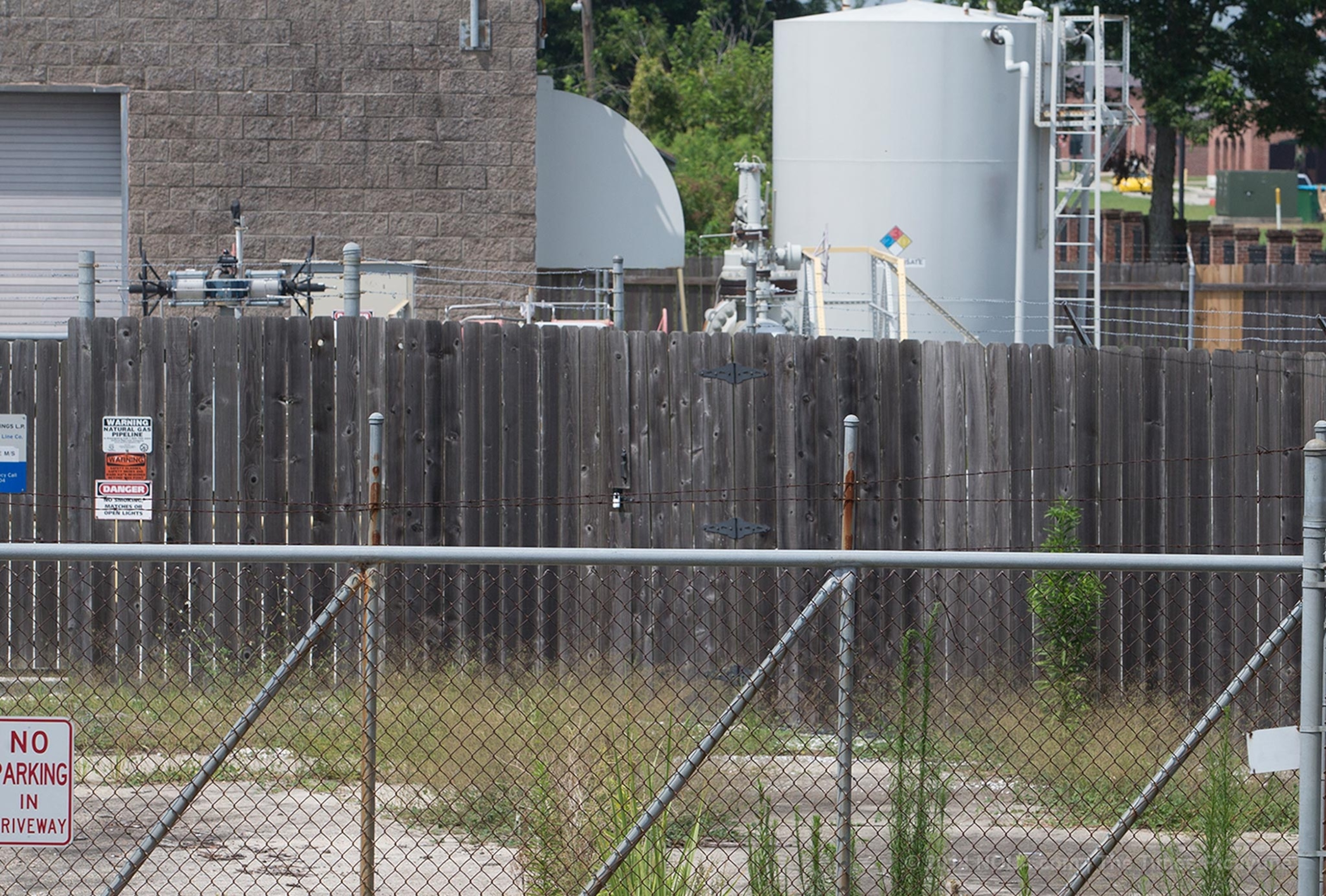

When Jackson returned to the site of one of his first pictures he made right after the storm, he was stunned to learn of the actual height of the water. He was in a boat and photographed a woman in a vest floating down the middle of the street. “I found the spot, it was very disguised now, but I found it and I had always thought she was tiptoeing down the street just because of the way it looked to me,” Jackson said. What he thought was maybe 4-5 feet of water was actually closer to 10 feet. “I just couldn’t believe that the water was that deep. I took a six-foot ladder to get up to the height that the boat would be and I was nowhere near the level I needed to be,” he said. Jackson ended up going back with a 12-foot ladder and stood on the second rung from the top. His fog had lifted.
Scroll down to see more before and after scenes from around New Orleans.

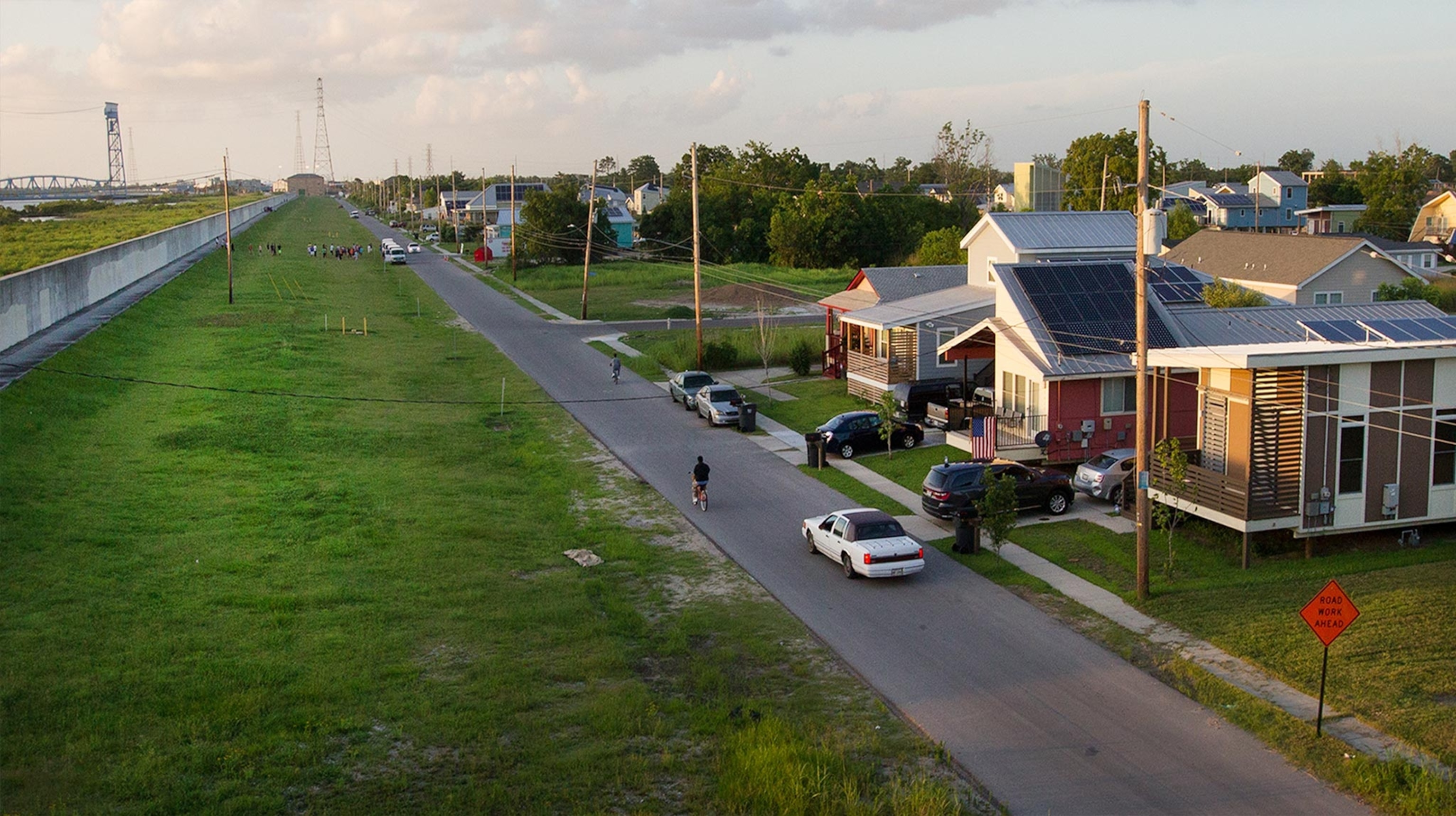
The Lower Ninth Ward at the breach of the Industrial Canal, where a barge crashed through the levee wall flooding the area. Now, new homes built by Make It Right, founded by Brad Pitt in 2007 to help rebuild the community, line the street.

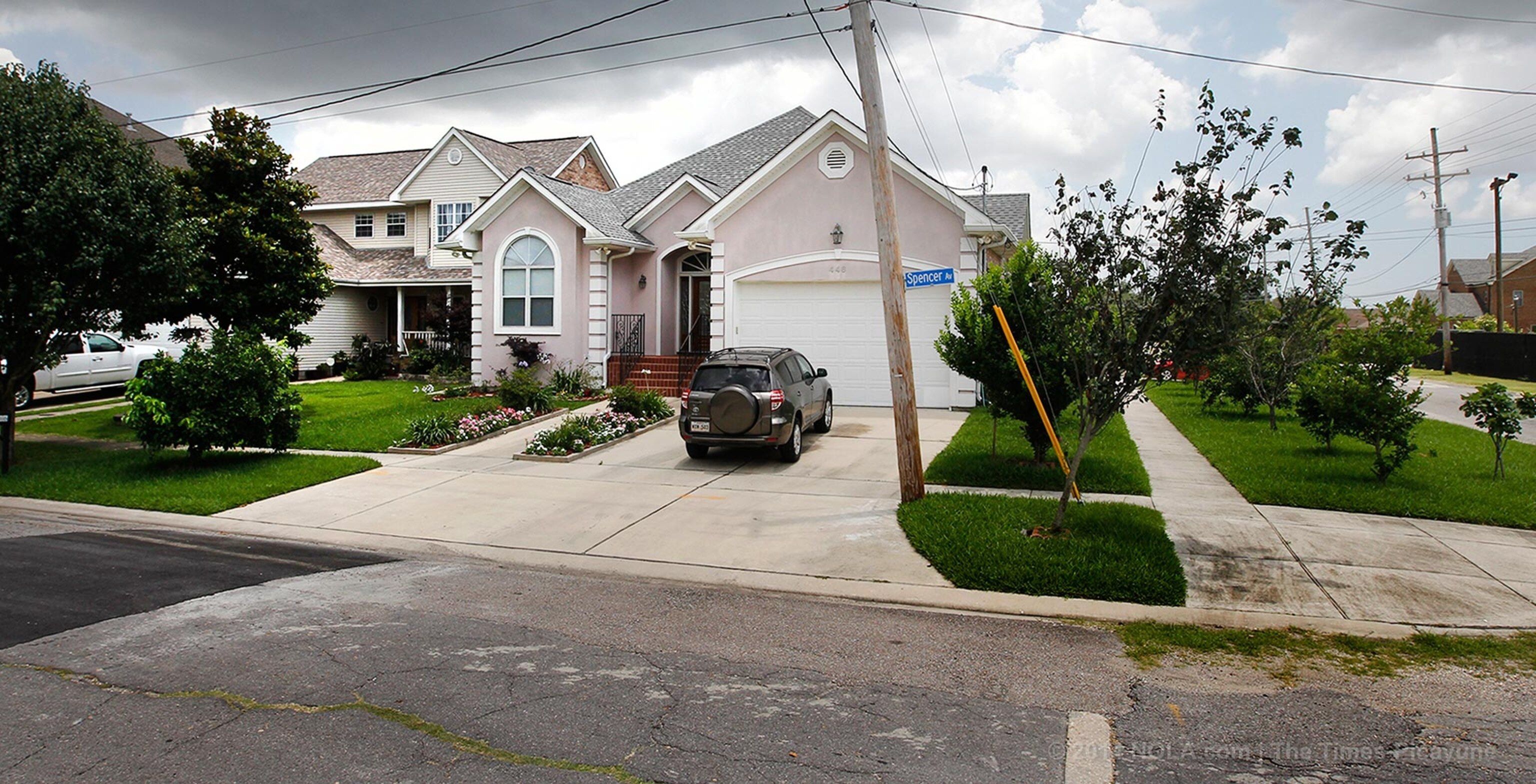
A security worker walks past destroyed houses in Lakeview near the break in the 17th Street Canal. The neighborhood has now been rebuilt.
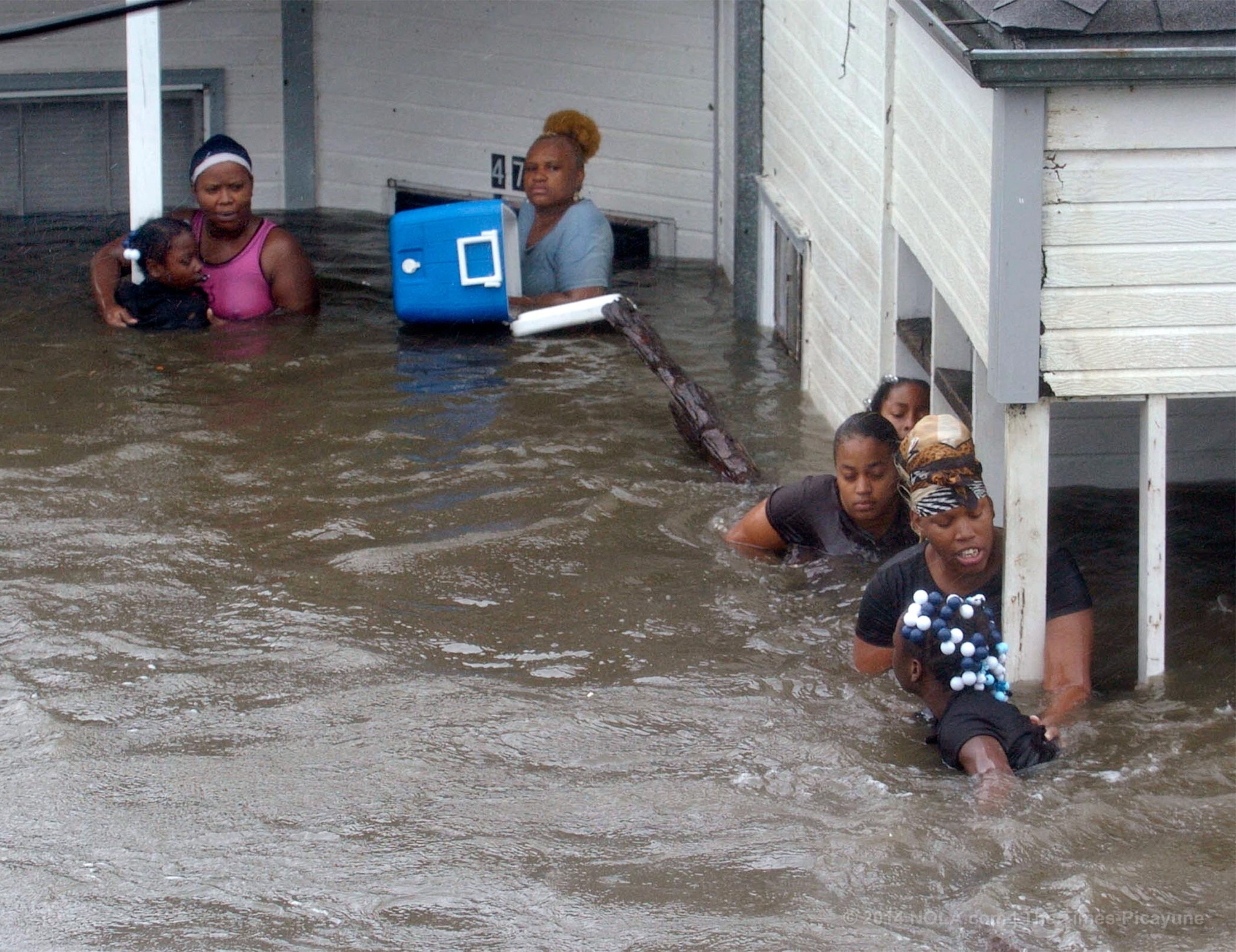
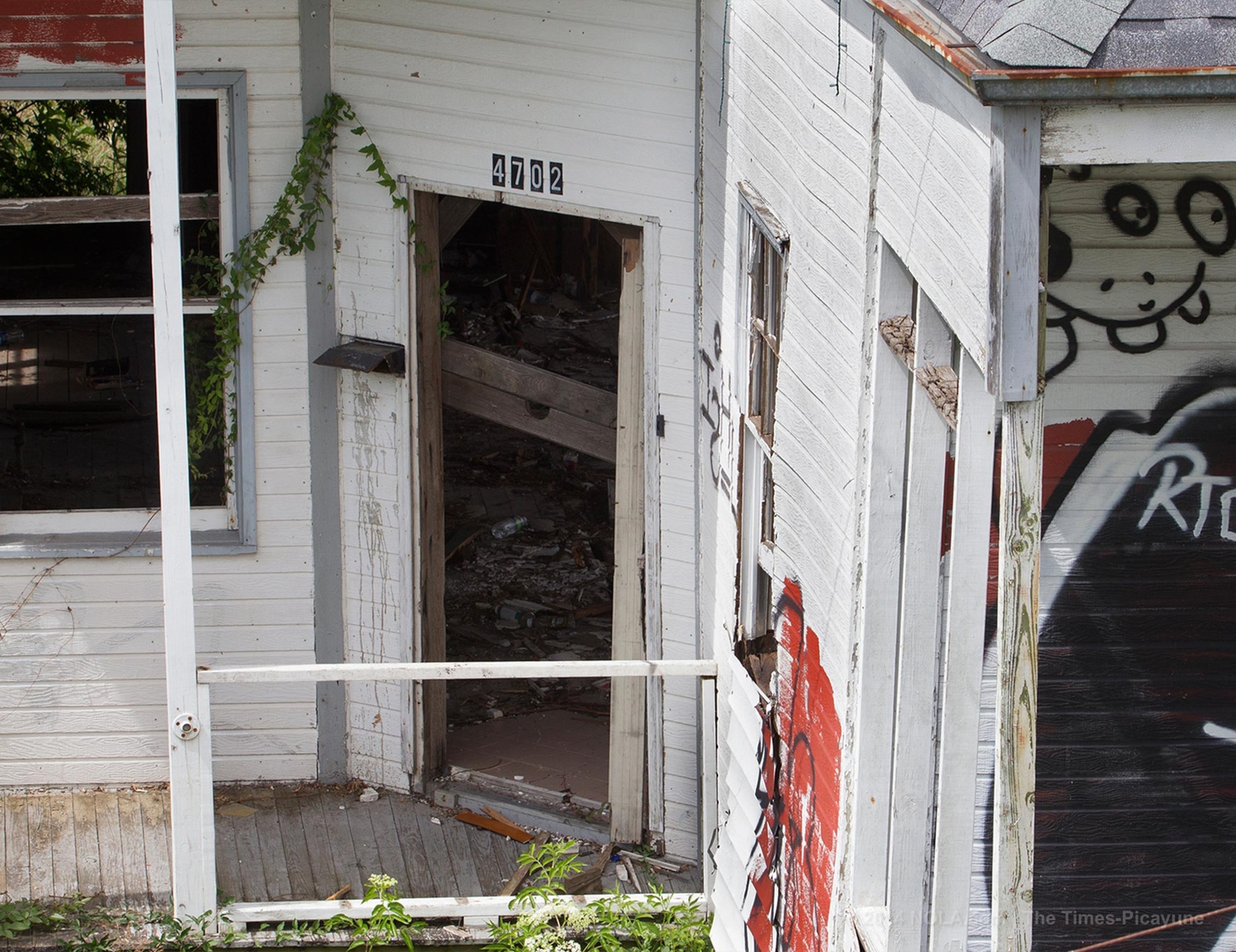
A family of women and children cling to posts on their front porch as rising floodwater force them to evacuate their home on St. Claude Avenue at Industrial Canal in the Lower Ninth Ward. Upon returning, Jackson said, “The one thing I speculated, but I didn’t really know, was the fact that the women were so high up on that porch and I knew they couldn’t be standing on the porch because their heads were above the door top. And in the after picture you can see the rail they were standing on. I thought that was very interesting.”
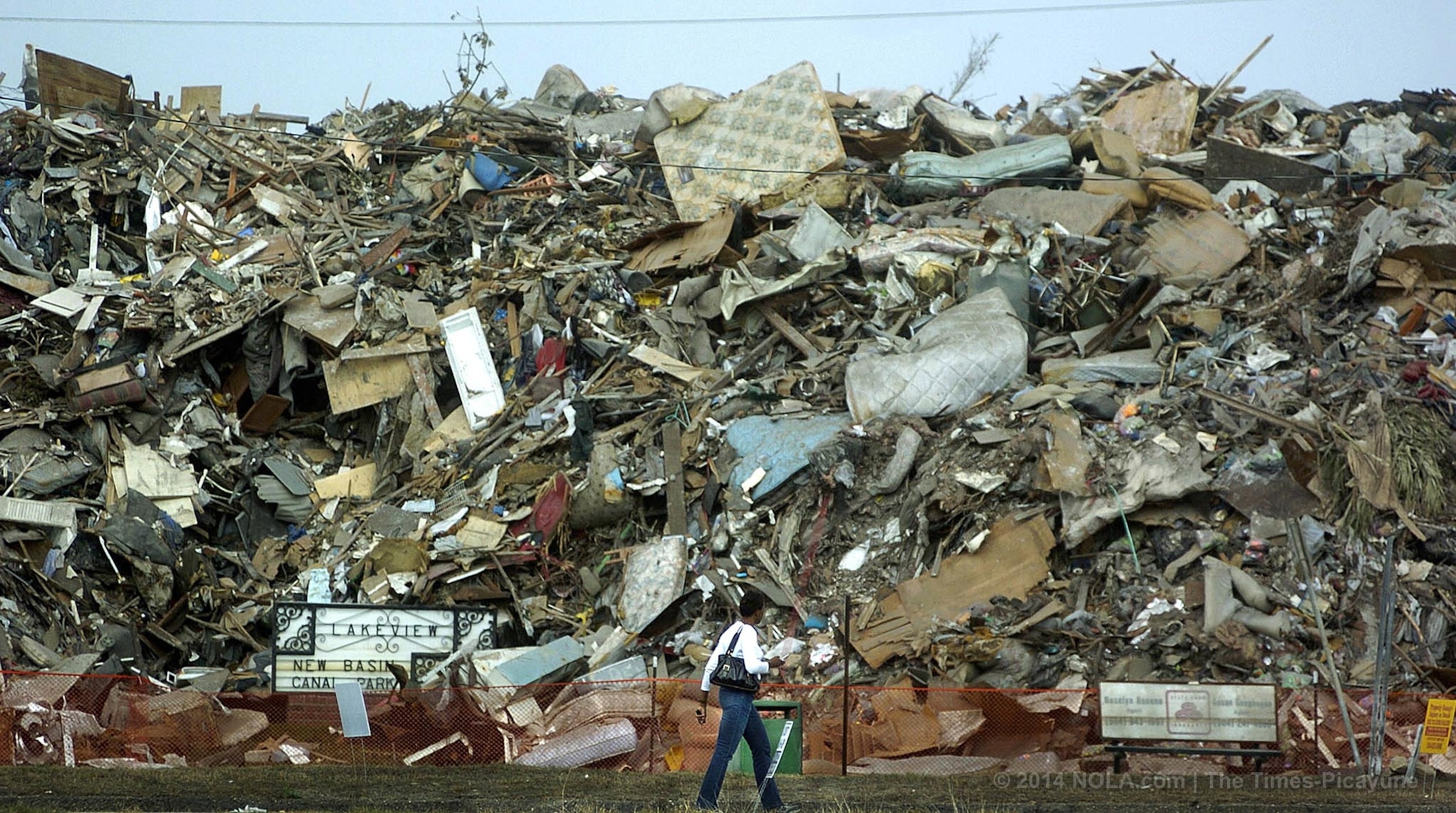
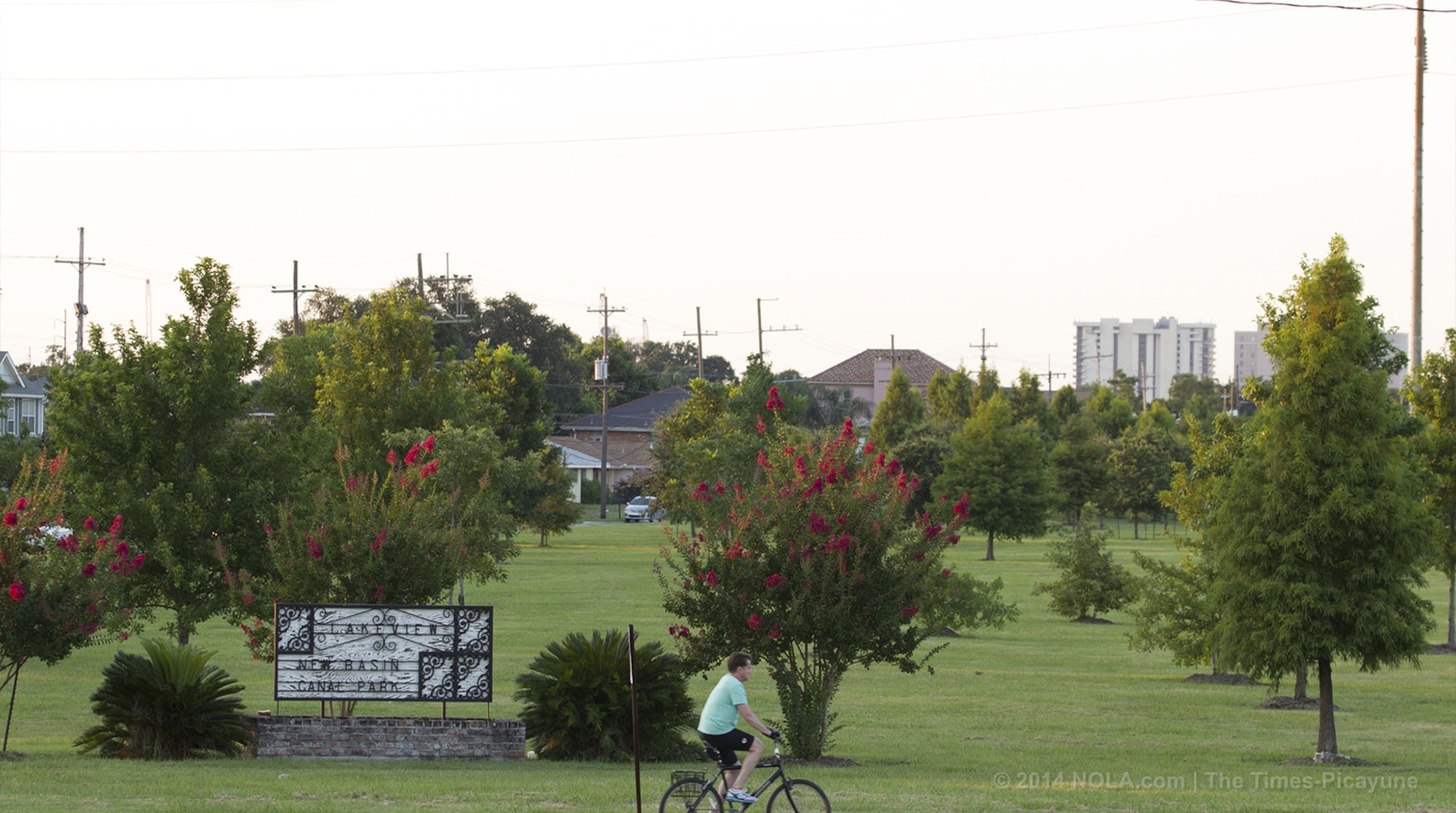
A woman walks by a growing pile of debris being dumped at the sanctioned Katrina dump site on the neutral ground between West End Blvd.and Pontchartrain Blvd, compared to how the site looks today.
For more before and after images by Ted Jackson and the Nola.com/Times-Picayune staff, visit their website.
Prior to joining National Geographic in 1994, Kurt Mutchler was a staff photographer, and then at the photo and graphics editor, at the New Orleans Times-Picayune.


